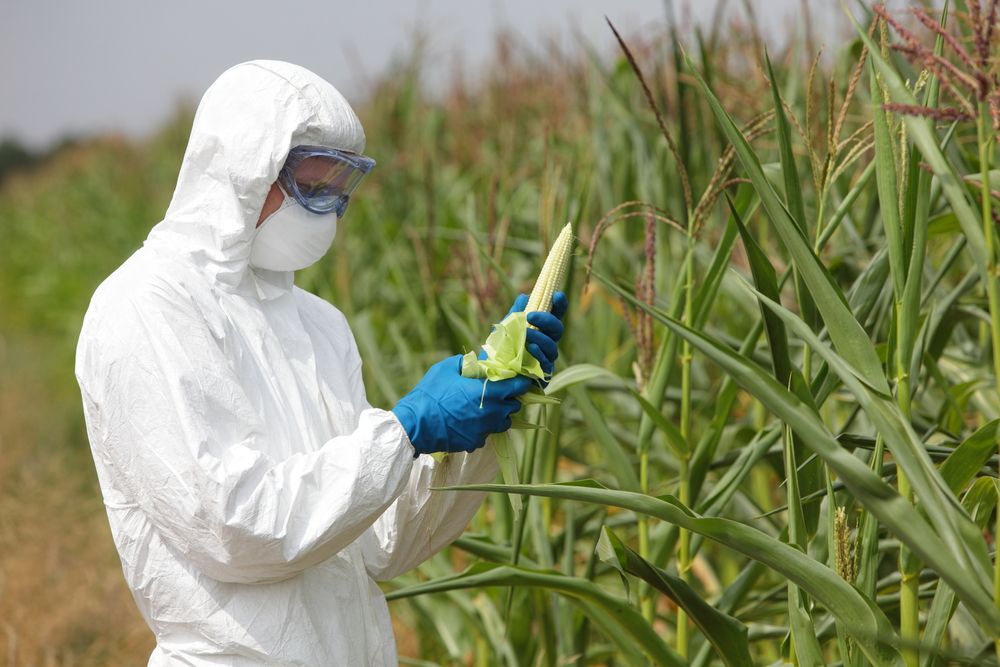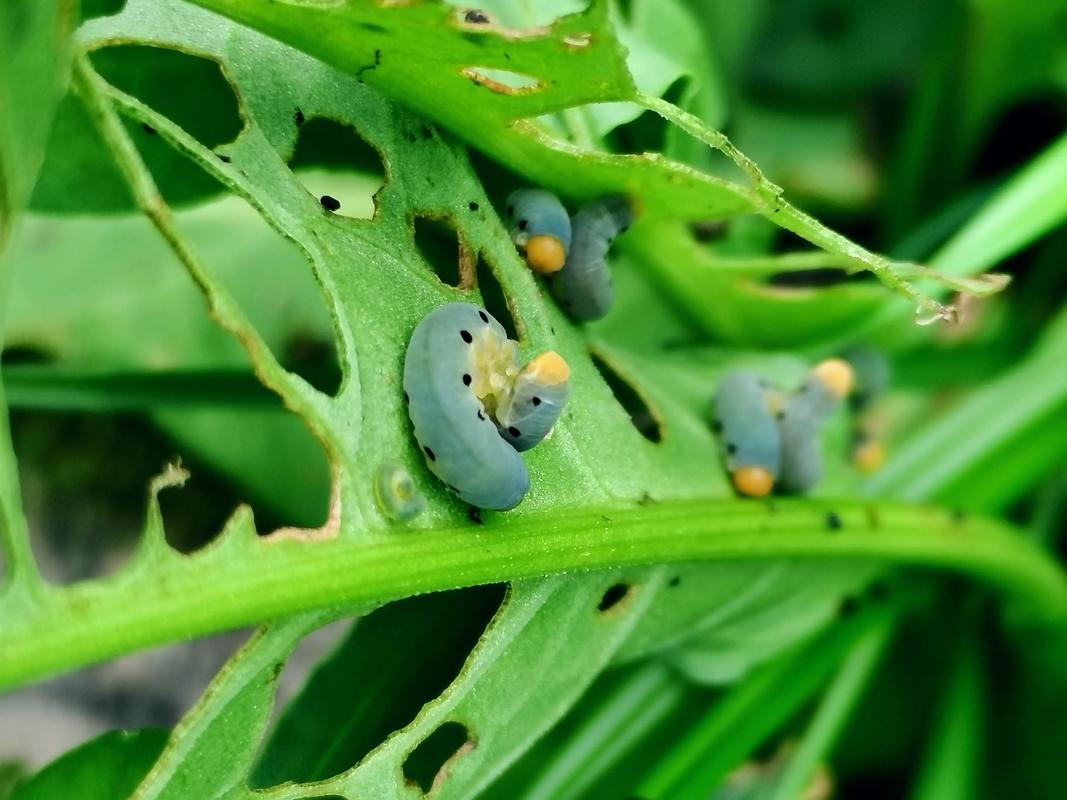Follow Us:

Applications of Matrine: From Crop Protection to Soil Health
Matrine, derived from the roots of the Sophora flavescens plant, has been gaining traction in agricultural science due to its versatile applications in crop protection and soil health. This natural compound, known for its anti-pest and anti-fungal properties, offers a range of benefits. botanical pesticide ingredients matrine can help farmers and gardeners achieve healthier crops and more sustainable soil management. Here’s an in-depth look at how matrine powder is revolutionizing agriculture.

What is Matrine?
Sophora alopecuroides L., a perennial herb widely distributed in Central and Western Asia, has important industrial value as the source of matrine-type alkaloids. Matrine-type alkaloids exhibit a wide range of bioactivities, including insecticidal, fungicidal, and antiviral activities. Matrine extract is 98% white powder and 1%—10% brown liquid. it is gaining popularity in agriculture due to its efficacy and environmentally friendly properties. Where to buy matrine powder? Direct from matrine powder manufacturer: Companies producing matrine or related products often sell directly to consumers or businesses.
How Matrine Works?
Matrine bula operates through several mechanisms to exert its effects on pests and pathogens:
Insecticidal Action: Matrine disrupts the nervous system of insects, leading to paralysis and death. It interferes with neurotransmitter function, which affects the insects’ ability to feed, move, and reproduce. This makes it a potent tool for controlling a variety of insect pests, including aphids, whiteflies, and leafhoppers.
Antifungal Properties: The Matrine compound exhibits strong antifungal activity. Matrine inhibits the growth of various fungal pathogens by interfering with their cellular processes.
Low Resistance Development: Pests and fungi are less likely to develop resistance to matrine. Its natural origin and distinct mode of action contribute to its efficacy and sustainability.

Benefits of Using Matrine?
Matrine’s versatility makes it an attractive option for various agricultural applications:
Environmental Sustainability: From natural sources, matrine making it a more environmentally friendly option compared to synthetic pesticides. Its use reduces the risk of chemical runoff and pollution.
Safety for Non-Target Species: Unlike many chemical pesticides, matrine has a lower toxicity to beneficial insects, such as pollinators and predatory beetles, which are crucial for maintaining ecological balance.
Reduced Chemical Residue: Matrine degrades more rapidly in the environment compared to synthetic pesticides, reducing the risk of harmful residues on food products and in the soil.

The Production Process of Matrine: From Extraction to Purification
Matrine, a potent alkaloid derived from the roots of the Sophora flavescens plant, has garnered interest for its applications in agriculture and medicine. The production of matrine involves several key steps, from the harvesting of the plant material to the purification of the final product. Here’s a detailed overview of the production process:
1. Harvesting and Preparation
Harvesting: Matrine is abundant in East Asia. The best time to harvest is during late autumn to early winter, when the plant’s matrine content is the highest.
Cleaning and Drying: Cleaned the roots to remove soil and other impurities. Dried to reduce moisture content. Proper drying is crucial to preserve the alkaloid content and prevent degradation.
2. Extraction
Milling: Grind the dried roots into a coarse powder to increase the surface area for extraction.
Extraction Solvent: Mixed the powdered root material with a solvent to extract matrine. Common solvents used include ethanol, methanol, or water. The choice of solvent can affect the efficiency of the extraction process.
Extraction Process: The solvent-soaked root powder is subjected to various extraction techniques:
- Maceration: Soaked the root powder in the solvent for a specified period, with occasional agitation.
- Soxhlet Extraction: This method uses a continuous extraction process where the solvent is recycled to extract matrine from the plant material.
- Ultrasonic Extraction: Use the ultrasonic waves to enhance the extraction efficiency by disrupting the plant cell walls..
After extraction, filtered the solution containing matrine to remove solid residues.
3. Drying
The purified matrine is dried to obtain a solid, powdered form. This is typically done using techniques like freeze-drying or air drying under controlled conditions to prevent degradation.
4. Quality Control
Testing: Throughout the production process, quality control is essential to ensure the purity, potency, and safety of the matrine. This includes testing for:
- Purity: High-performance liquid chromatography (HPLC) or other analytical methods are used to confirm the purity of matrine.
- Potency: Ensuring that the concentration of matrine meets the required specifications.
- Contaminants: Checking for residual solvents, heavy metals, or other contaminants that might affect the safety or efficacy of the final product.
Choose GREEN AGRI as your matrine powder factory for unmatched quality and reliability. We offer high-purity matrine sourced from trusted suppliers, ensuring effective pest control and disease management. Our competitive pricing and flexible ordering options cater to both small and large-scale agricultural needs. With exceptional customer support and timely delivery, we ensure a seamless purchasing experience. Trust our expertise and commitment to quality for your agricultural solutions. Explore our range and experience the difference today. Start your inquiry now!


















